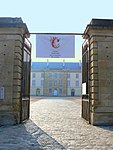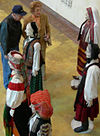
Jean-Baptiste Carpeaux was a French sculptor and painter during the Second Empire under Napoleon III.
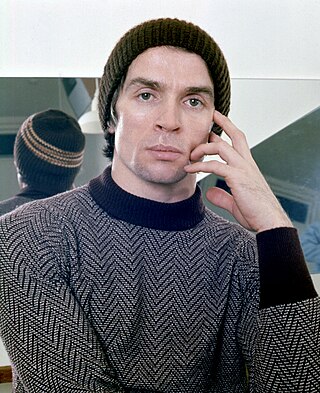
Rudolf Khametovich Nureyev was a Soviet-born ballet dancer and choreographer. Nureyev is regarded by some as the greatest male ballet dancer of his generation.

Claude Louis Hector de Villars, Prince of Martigues, Marquis then (1st) Duke of Villars, Viscount of Melun was a French military commander and an illustrious general of Louis XIV of France. He was one of only six Marshals to have been promoted Marshal General of France.

Christian Marie Marc Lacroix is a French fashion designer. The name may also refer to the company he founded.

Moulins ; is a commune in central France, capital of the Allier department. It is located on the river Allier.

Gustave Fayet was a French painter. His work is close in style to that of Paul Gauguin or Odilon Redon. He learnt to draw and paint with his father, Gabriel Fayet, and his uncle Léon Fayet, who both admired pre-impressionnist painters such as Adolphe Monticelli or Camille Corot. Gustave Fayet's style is very personal, far from impressionism or academic work, rather more symbolism. Gustave Fayet was also an art collector, he owned works by Degas, Manet, Pissarro and above all Paul Gauguin. Fayet was in fact one of Gauguin's main clients and he lent many of the paintings in his collection for the Gauguin exhibitions between 1903 and 1925. In 1908, he bought the Abbaye de Fontfroide, that he reconstructed and where he exhibited many of the paintings from his collection, among them "Day" and "Night" by Odilon Redon.

Charles-François Delacroix was a French statesman who became Minister of Foreign Affairs under the Directory. The painter Eugène Delacroix was his fourth son, although doubts have been cast on his paternity.

The Sandervalia National Museum is the national museum of Guinea, situated in the capital, Conakry. Most of the rooms are empty, but it contains a limited display of traditional objects from different regions of Guinea, as well as objects and statues from the colonial era. Various craft items are for sale.

Elie Rajaonarison was a poet, artist, professor and civil servant from Madagascar. Considered the standard-bearer for modern Malagasy poetry, Rajaonarison's published poetry anthologies earned him international recognition and have been translated into French and English.
Jean Pierre Victor Huguenin was a French sculptor.
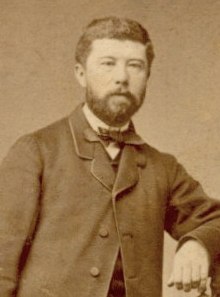
Gabriel-Auguste Ancelet was a French architect who undertook various projects for the Emperor Napoleon III, and later taught for many years at the École des Beaux-Arts in Paris.
This article presents the main landmarks in the city of Paris within administrative limits, divided by its 20 arrondissements. Landmarks located in the suburbs of Paris, outside of its administrative limits, while within the metropolitan area are not included in this article.

Jules Cantini (1826–1916) was a French sculptor and philanthropist.
Louis Botinelly was a French sculptor.

Auguste Carli was a French sculptor.
Henri Révoil (1822–1900) was a 19th-century French architect.

CAPC musée d'art contemporain de Bordeaux, formerly the Centre d'arts plastiques contemporains (CAPC), is a museum of modern art established in 1973 in Bordeaux, France.
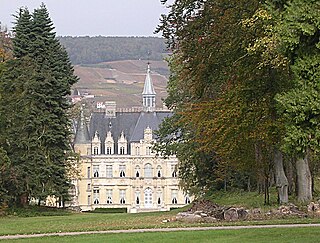
The Château de Boursault is a neo-Renaissance château in Boursault, Marne, France. It was built between 1843 and 1850 by Madame Clicquot Ponsardin, the Veuve Clicquot who owned the Veuve Clicquot champagne house. It was sold by her heir to the Berry family of Canada from 1913 to 1927 and was used as a military hospital in both the first and second world wars. Today the Château de Boursault brand of champagne is made from grapes grown in the vineyards around the château and is aged in its cellars.
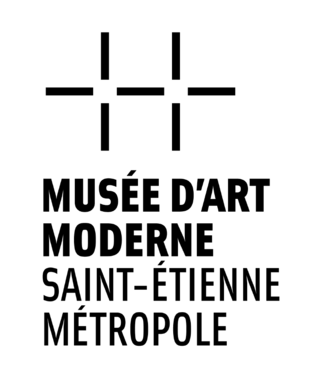
The Musée d'art moderne et contemporain, or MAMC, is an art museum in Saint-Étienne, Auvergne-Rhône-Alpes, France. It was inaugurated as a separate museum in 1987. It has one of the largest collections of its type in France.

Dar El Haddad is one of the oldest palaces in the medina of Tunis.
